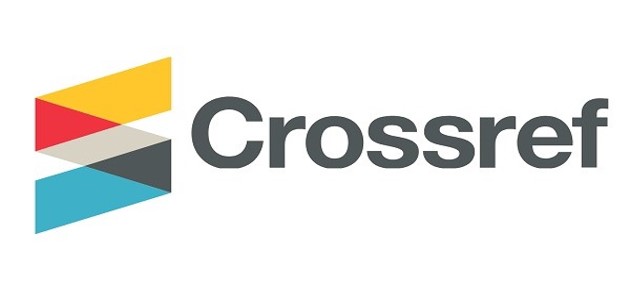The effect of Trichoderma longibrachiatum Against Damping-off Pathogens on Different Varieties of Cucumber in Vitro
DOI:
https://doi.org/10.36077/kjas/2023/v15i1.10320Keywords:
F. solani, R. solani, damping-off, cucumber, susceptible cultivarsAbstract
The study was carried out to evaluate the effect of Trichoderma longibrachiatum against damping-off pathogens on four commercial cultivars of cucumber in vitro. Various sites of Najaf province including (Abasia, Quzwenia, Haydaria, Manathera and Meshkab) were surveyed to detect the spread of studied disease. Pathogenic fungi were isolated from roots and stem parts of infected cucumber plants that collected from studied sites then diagnosed morphologically. The pathogenicity test was conducted on fungal isolates and the susceptibility of four different cucumber varieties (Superina F1, Beit alpha F1, Cucumber short and Hybrid cucumber) to these isolates was tested in laboratory with the presence of the fungal bio-control T. longibrachiatum. One isolate of Fusarium sp. and another isolate of R. solani found to be very virulence which increase the percentage of damping off on seedlings up to 90and 100% respectively compare to control treatment of the four studied varieties that recorded 100, 95, 90 and 85 respectively and reduced vegetative and root growth indicators of cucumber plants (the weight and the length of plumule, the weight and the length of radicale) and these isolates were chosen to complete the later studies. The diagnosis of these two isolate then confirmed by (PCR) to F. solani and R. solani as both isolates were registered in National Center for Biotechnology Information (NCBI) under ON394603 and ON398997 accession numbers respectively. Results showed that T. longibrachiatum treatment was increased studied indicators when it was added alone or with other treatments to the soil of plastic pots and provided a protection for cucumber plants from the infection by the disease. The susceptibility of the four studied different cucumber varieties to F. solani and R. solani showed that Cucumber short and Beit alpha F1 varieties were more susceptible to the infection by damping off pathogens compare to moderate susceptibility in Hybrid cucumber, while Superina F1 showed less susceptibility which clearly indicated in the studied vegetative and root growth indicators of cucumber plants.
Downloads
Downloads
Published
How to Cite
Issue
Section
License
Copyright (c) 2023 Ghufran Mohsin Bashah, Akeel Emad Mohammed

This work is licensed under a Creative Commons Attribution 4.0 International License.
Kufa Journal for Agricultural Sciences is licensed under the Creative Commons Attribution 4.0 International License, which allows users to copy, to create extracts, abstracts and new works from the Article, to alter and revise the Article, and to make commercial use of the Article (including reuse and/or resale of the Article by commercial entities), provided the user gives appropriate credit (with a link to the formal publication through the relevant DOI), provides a link to the license, indicates if changes were made and the licensor is not represented as endorsing the use made of the work. The authors hold the copyright for their published work on KJAS website, while KJAS responsible for appreciate citation for their work, which is released under CC-BY-4.0 enabling the unrestricted use, distribution, and reproduction of an article in any medium, provided that the original work is properly cited.














